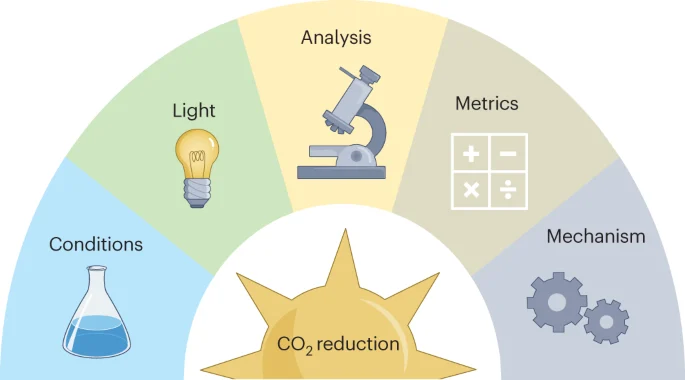Effective Use of ABA Data Analysis Tools in Practice
Effective Use of ABA Data Analysis Tools in Practice
Implementing an ABA data analysis tool can streamline data collection and improve client outcomes. This guide provides a structured approach for immediate application in your practice.
Context & Definitions
ABA data analysis tools are software applications designed to assist practitioners in collecting, managing, and analyzing behavioral data related to clients undergoing ABA therapy. These tools facilitate informed decision-making, enhance communication, and improve service delivery.
Step-by-Step Protocol or Workflow
- Identify Objectives: Establish clear treatment goals based on client needs.
- Select Data Types: Choose data collection methodologies (e.g., frequency, duration, latency).
- Choose the Right Tool: Evaluate available ABA data analysis tools based on functionality and ease of use.
- Set Up Data Parameters: Define how data will be captured, analyzed, and reported.
- Train Staff: Ensure all team members are proficient in using the tool.
- Implement Data Collection: Begin gathering data during sessions, ensuring consistency and accuracy.
- Analyze Data: Use the tool to generate reports and visualize client progress.
- Review and Adjust: Regularly assess data outcomes and modify treatment plans as necessary.
Data Collection & Analysis
What to Measure: Focus on key performance indicators (KPIs) that reflect client progress, such as:
- Frequency of target behaviors
- Duration of engagement in appropriate behaviors
- Latency to respond
Recommended Data Sheets: Utilize templates for ABC (Antecedent-Behavior-Consequence) data, frequency counts, and duration logs. Set a charting cadence of daily or weekly reviews, depending on client needs.
Common Pitfalls & Quality Checks
Common pitfalls include inconsistent data entry, lack of staff training, and failure to adjust treatment based on data findings. Conduct regular audits to ensure data integrity and adherence to protocols, looking for:
- Accuracy in data entry
- Consistency in data collection methods
- Timeliness of data analysis
Collaboration & Stakeholders
Engage family members and other professionals (teachers, SLPs, OTs) by sharing data insights and treatment progress. Regularly scheduled meetings can foster collaboration and ensure all stakeholders are aligned with treatment goals.
Documentation & Compliance
Ensure all data collection and analysis processes comply with HIPAA regulations, ensuring the confidentiality of PHI. Obtain informed consent from clients or guardians regarding data usage and sharing.
Tools & Templates
Sample Weekly Session Checklist
| Session Date | Data Type | Notes | Follow-up Actions |
|---|---|---|---|
| [Date] | [Type] | [Notes] | [Actions] |
How ABASmart Helps
ABASmart offers a comprehensive ABA data analysis tool designed specifically for ABA professionals. Key features include:
- Effortless Data Entry: Streamline data collection with user-friendly interfaces for quick and accurate input during sessions.
- Structured Reports: Generate detailed session notes and progress reports, enhancing clarity in communication with stakeholders.
- Data Security: ABASmart ensures HIPAA-compliance, protecting client privacy and maintaining data integrity.
- Collaboration Support: Facilitate communication among team members, supervisors, and families by sharing insights generated through the platform.
For more information or a demo, visit ABASmart.
FAQs
- What types of data can I collect with an ABA data analysis tool? Frequency, duration, and latency are common data types.
- How often should I analyze the data? Regularly, typically on a weekly basis, to ensure timely adjustments to treatment plans.
- Are there templates available for data collection? Yes, many tools offer customizable templates for various data types.
- How do I ensure compliance with HIPAA? Utilize tools that are HIPAA-compliant and ensure informed consent from clients.
- Can I share data with stakeholders? Yes, but ensure that sharing adheres to privacy guidelines.
Conclusion
Implementing an ABA data analysis tool can significantly enhance your practice’s efficiency and client outcomes. Start by evaluating your current data collection methods and consider utilizing platforms like ABASmart for streamlined processes and compliance.
Ready to streamline your ABA workflow?
Take the next step with professional tools to document better, speed up notes, and organize sessions around: Effective Use of ABA Data Analysis Tools in Practice.

